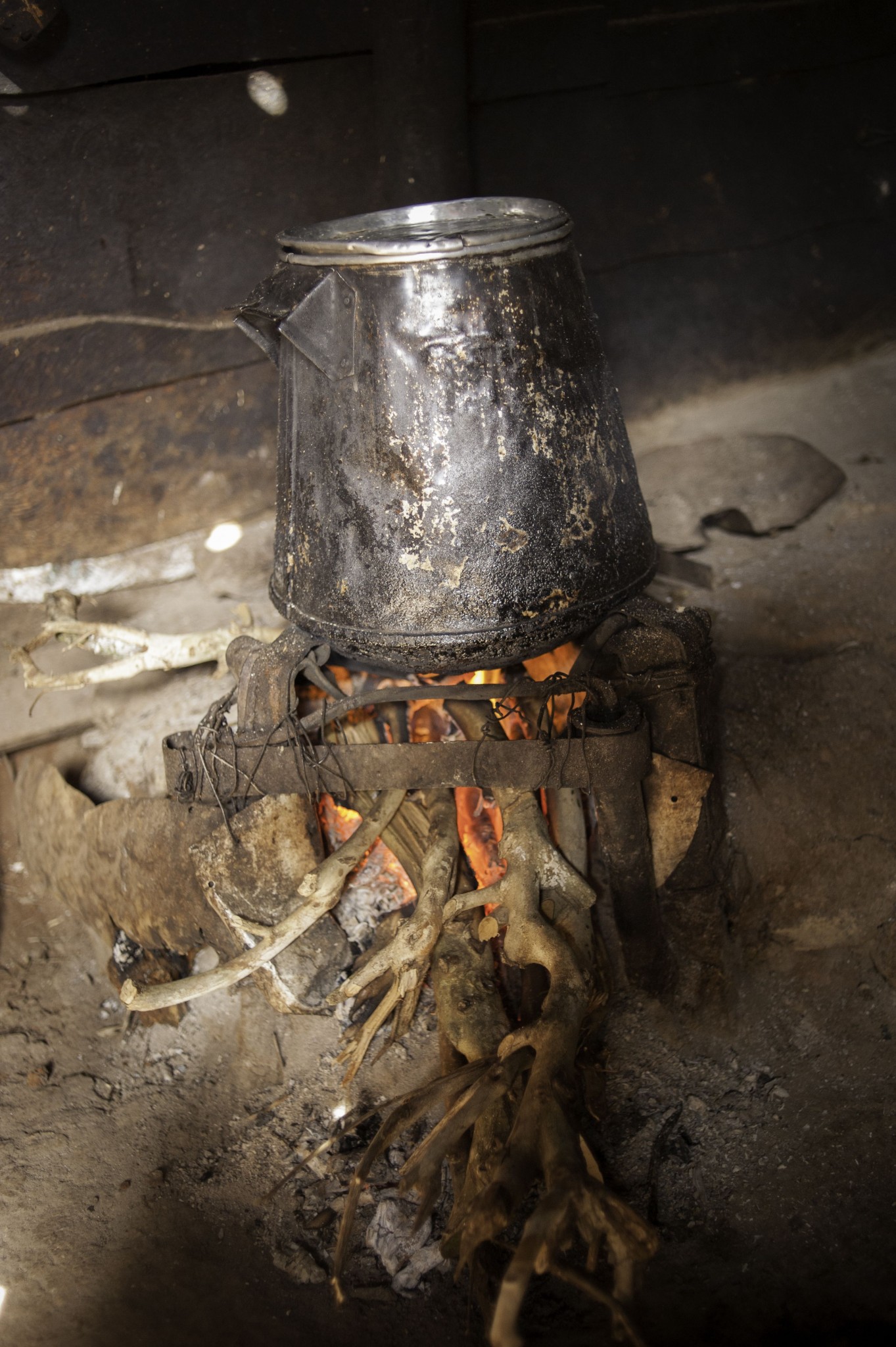Improved health and climate action in kenya
In Kenya, 80% of the population uses wood for cooking. Families most often use traditional 3-stone cookstoves which consume a lot of wood, exerting pressure on forests, and emit noxious smoke. Since 2014, the Livelihoods-Hifadhi has been equipping households with efficient stoves that reduce consumption by 60%. The Livelihoods Carbon Fund is doubling its investment in this project to reach a total of 8 million euros. The overall project will improve the lives of 600,000 people, save 2,400 ha of forests and avoid the emission of about 3,5 million tons of CO2.
But how is it possible to reach hundreds of thousands of people in areas with very poor communication networks? How can these efficient cookstoves be made affordable to the greatest number of people? And how to make sure that the project is creating tangible benefits for the people and the planet?
Tackling a root cause of deforestation and health issues in kenya
At the foot of Mount Kenya, most women cook on traditional 3-stone stoves that consume a lot of wood. According to the World Health Organization (WHO), smoke exposure from these open-fire stoves is equivalent to smoking two packs of cigarettes a day. From respiratory diseases to eye infections, over 16,000 deaths, including children, are attributed to Household Air Pollution (HAP) in Kenya each year[1]. What’s more, women and young girls, who are solely responsible for cooking in the Kenyan culture, have to walk over long distances to collect firewood and spend a lot of time cooking on those inefficient stoves.
In Swahili, “Hifadhi” means “to preserve”. The Livelihoods- Hifadhi project was named after its two objectives: to preserve forests to mitigate climate change, and to preserve the health of women and young girls. The cookstove technology chosen by the project, the Konsava rocket-stove model, reduces wood consumption by 60% and is built in the region. In addition to reducing wood consumption and preserving people’s health from noxious smoke, the project has direct benefits on women’s lives. With traditional cookstoves, women and young girls spent around 12 hours per week collecting wood. With the Hifadhi cookstove they can save more than 7 hours per week. Women can therefore engage in other income generating activities and young girls have more time for school. Moreover, families that buy firewood can now reduce their wood expenses and focus on other priorities.
[1] http://cleancookstoves.org/country-profiles/focus-countries/4-kenya.html


An innovative investment model to make efficient cookstoves available to all
The Livelihoods- Hifadhi project is possible thanks to the innovative model and project engineering on which it relies. The Livelihoods Carbon Fund provides the necessary upfront financing to EcoAct and Climate Pal, in charge of implementing the project, organize production and quality control of the improved cookstoves, distribute them to families and monitor the project up to 2029. This long-term project relies on the engagement of the private companies that have invested in the Livelihoods Carbon Fund: Crédit Agricole, Danone, Firmencih, Groupe Caisse des Dépôts, Hermès, La Poste, Michelin, SAP, Schneider Electric et Voyageurs du Monde. These companies are committed to reduce their carbon footprint and have joined forces to go further: offset part of their carbon emissions with projects that directly benefit rural communities in developing countries. In return for their investment, the companies receive carbon credits with high social and environmental value certified by the Gold Standard, one of the best international standards created by WWF.
Thanks to carbon financing, the efficient cookstove can be sold at a low price, making it affordable for the greatest number of people. Part of the production cost and the distribution costs of the cookstoves to remote hamlets are paid by the Livelihoods Carbon Fund. Each stove can thus be sold at around USD 3, with a lifetime of around 3-5 years and including repairs or replacement if needed.


Traditional 3-stone cookstove and Livelihoods- Hifadhi cookstove consuming 60% less wood
Tangible results through strong project engineering and thorough monitoring
Next to this strong investment model, the project builds on the local social dynamics to reach a greater number of families. In its first phase, the Livelihoods- Hifadhi project had a penetration rate of around 65% in villages and was therefore able to reach 300,000 people in only two years. Over the years, Climate Pal has built a network of 200 community groups that will be in charge of sensitizing families and distributing the cookstoves. All the experience and knowledge acquired within this first phase has been used to streamline the production, sensitization, distribution and monitoring processes.
For example, the design of the cookstove has been enhanced to make its outer shell more resistant during handling and transportation. The monitoring system will also be fully digitized to provide reliable data to the project partners, third party auditors and the Gold Standard to evaluate the different impacts of the project. Each cookstove is engraved with a unique serial number so that it can be identified all throughout its lifetime. Each year, a team member from Climate Pal frequently visits each family to check if the cookstove is still functioning correctly. If it is damaged or less efficient, it is repaired or replaced.
The Livelihoods- Hifadhi project has created new economic opportunities locally since its inception. The project implementation and monitoring until 2029 require a permanent team for producing, assembling, distributing and repairing the cookstoves. Over 300 direct and indirect jobs have been created by the project, in a region which suffers from a 40% unemployment rate. Moreover, the production facility is located in the middle of the project zone to reduce transport costs and contribute to the local economy.


Fighting climate change and accelerating reforestation
In addition, to the distribution of 120,000 efficient cookstoves, more than 1 million trees will be planted within the Livelihoods- Hifadhi project. As the stoves consume 60% less wood, they will save the equivalent of 2,400 ha and avoid the emission of 3,5 tons of CO2, thus concretly contributing to climate action.
Photos: Nicolas Gauduchon/ Livelihoods Funds.


